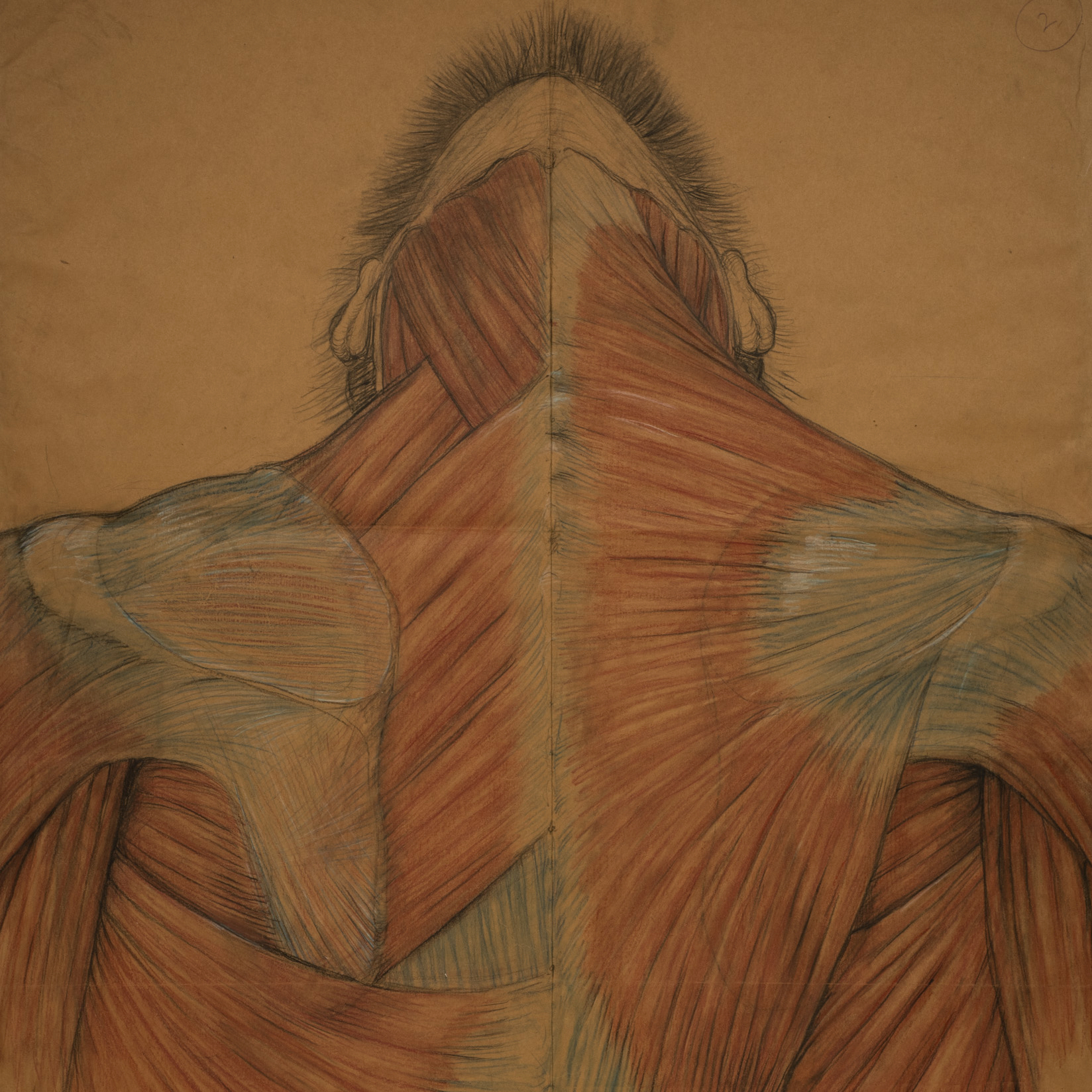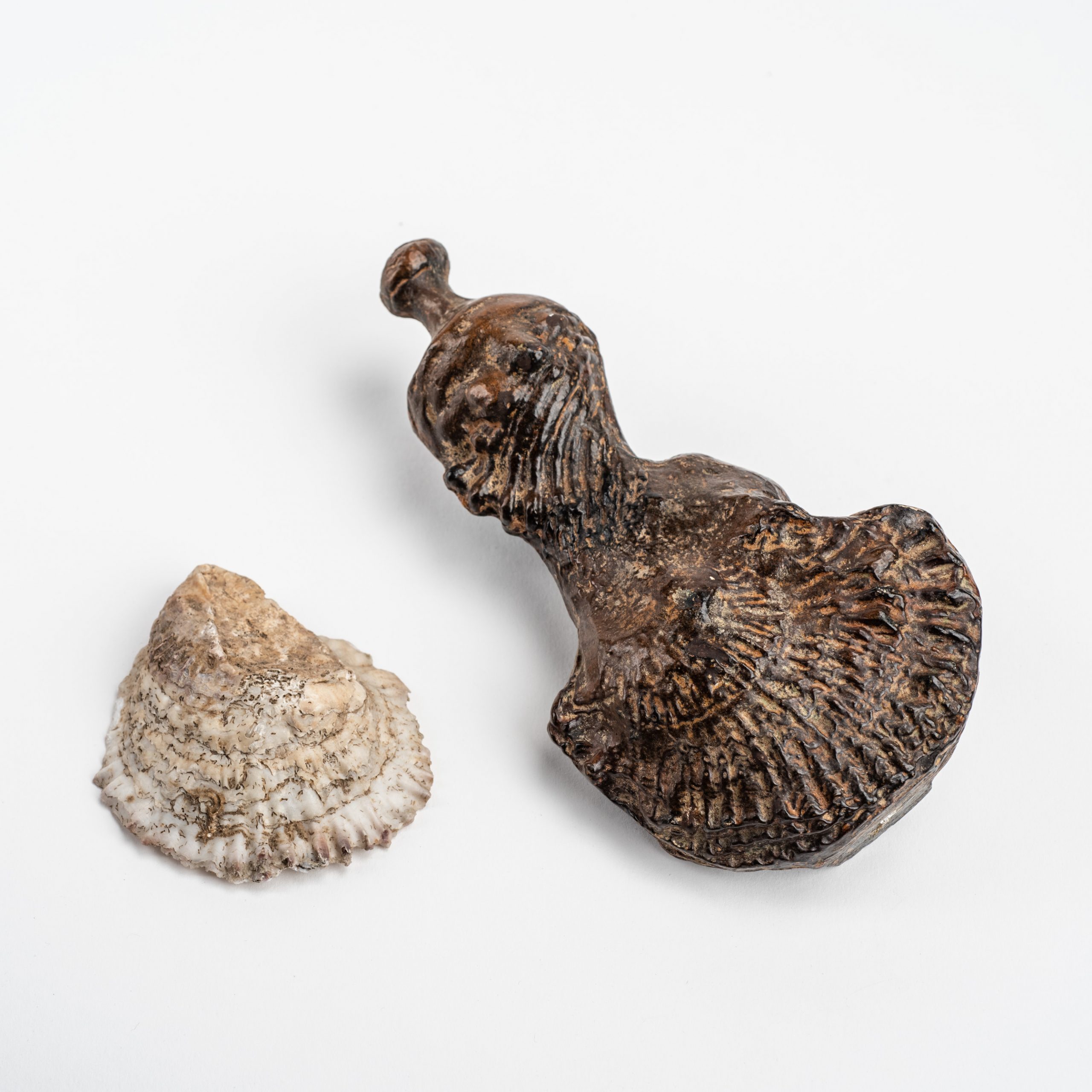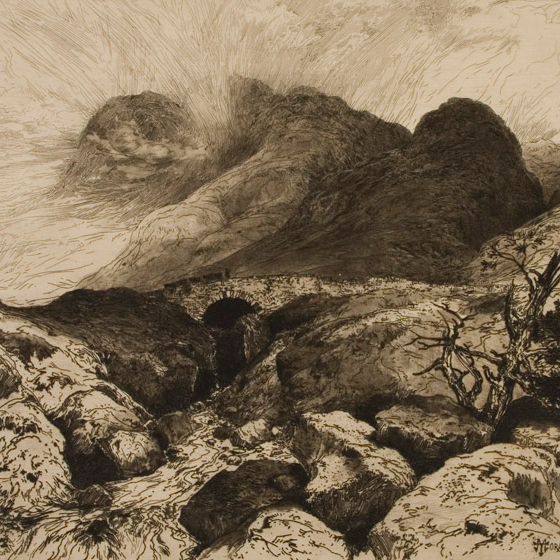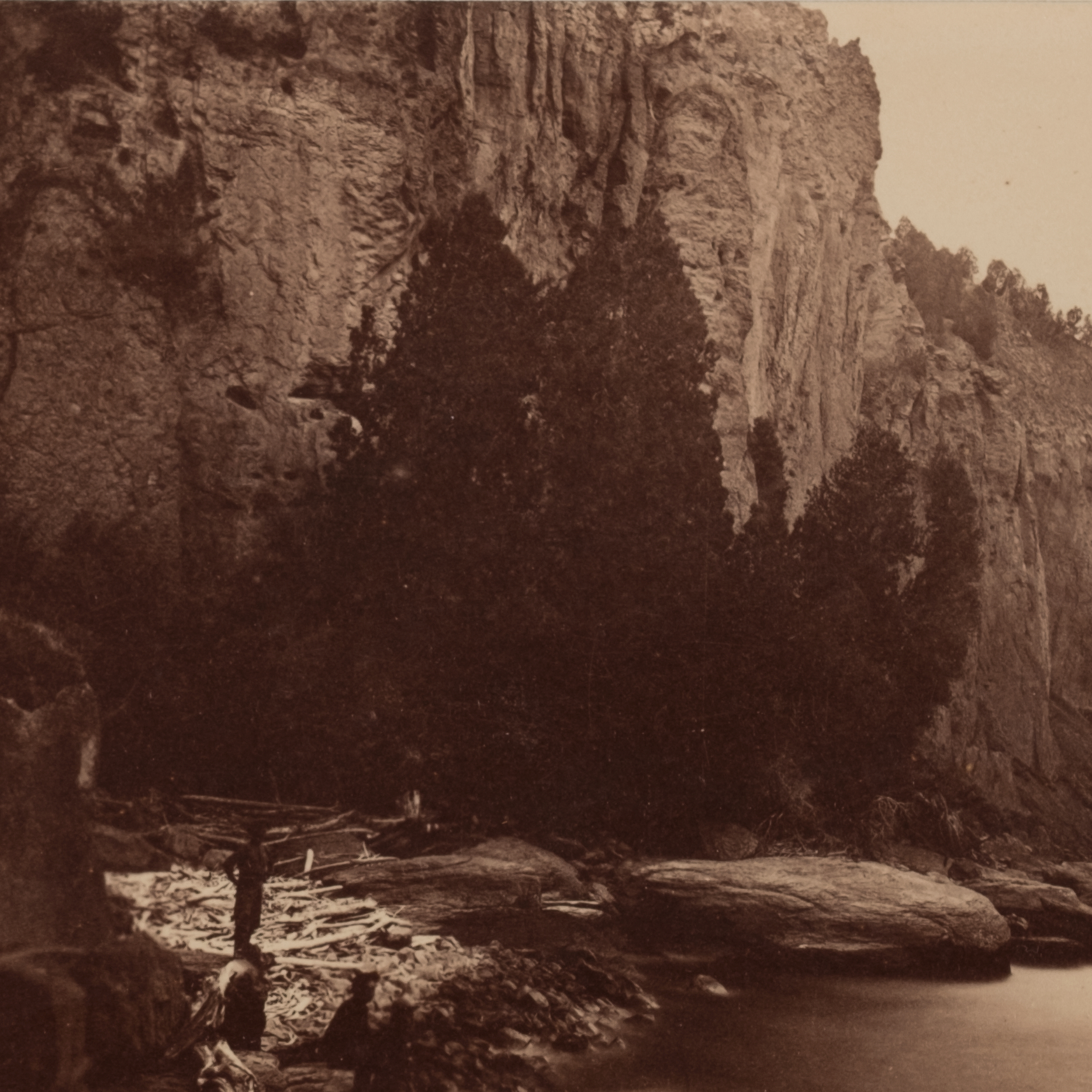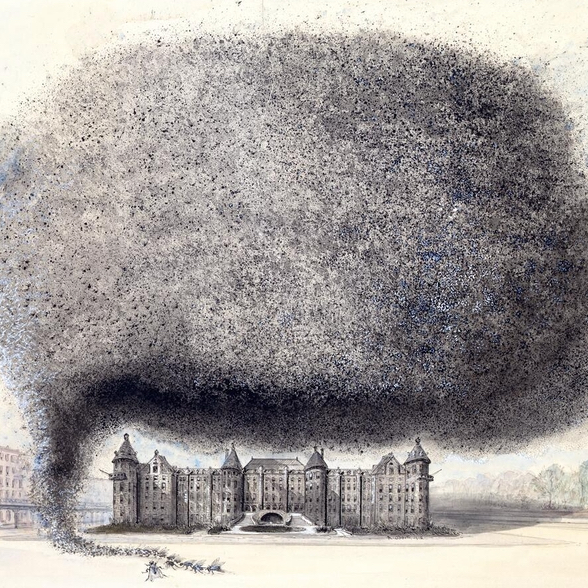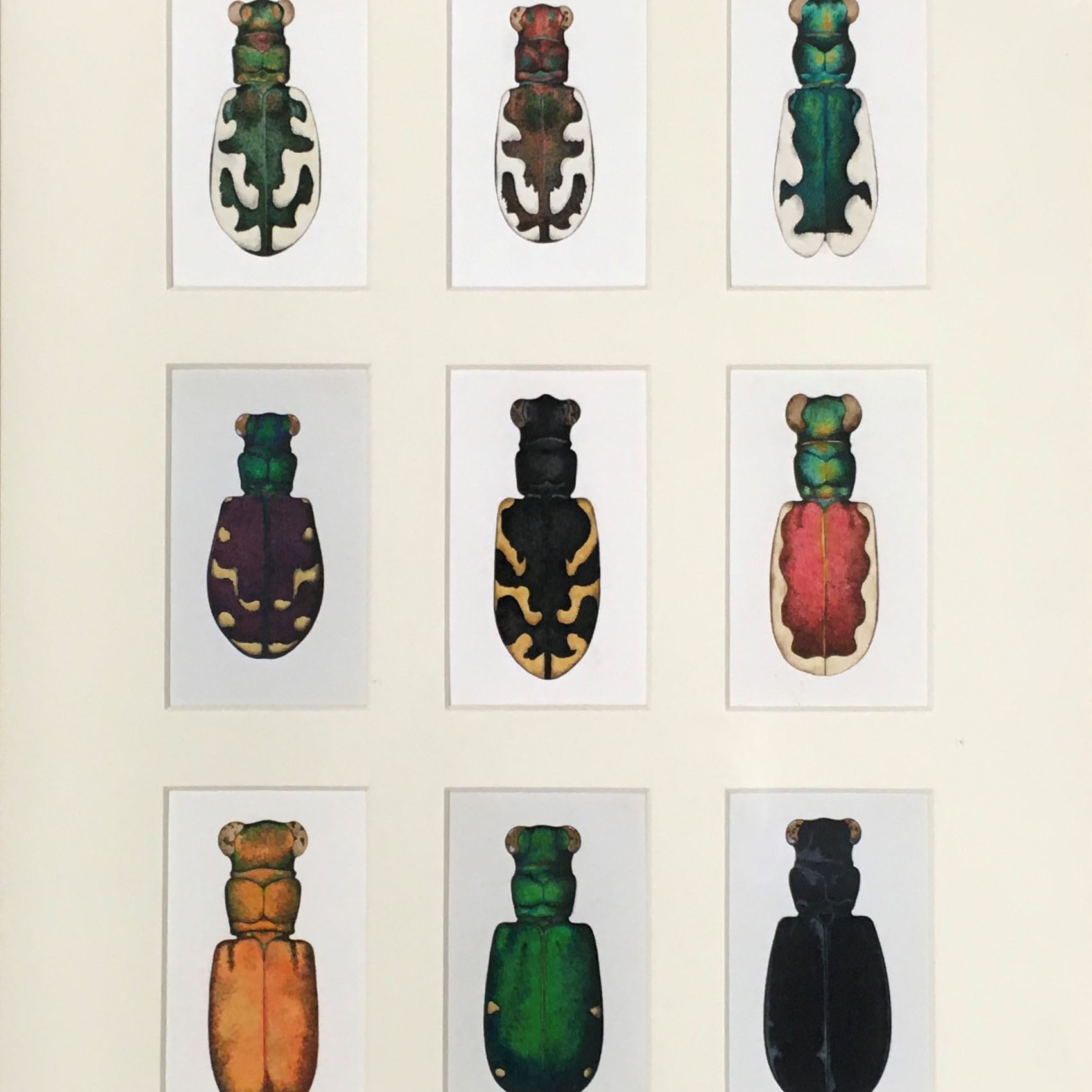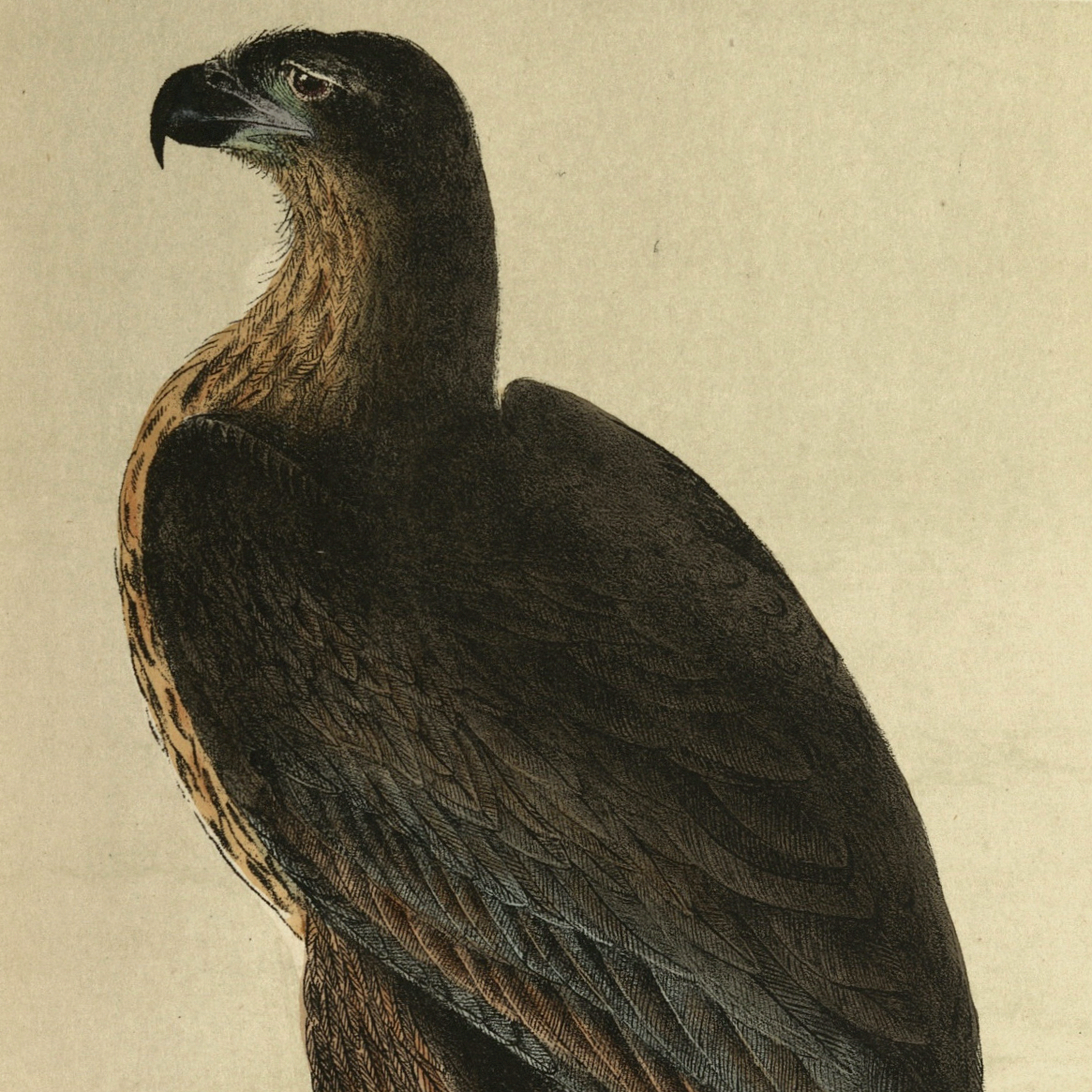A Lady of Cairo Visiting
James Smillie, after F.A. Bridgman
1881
Etching
9 ¼ x 7 ¾”
William Benton Museum of Art, Gift of Dr. and Mrs. Norman Zlotsky.
An atmosphere of conspiracy pervades American artist James Smillie’s A Lady of Cairo Visiting (1881). Faces obscured in shadows, conversations held in alcoves, merchants crouched along the road all add intrigue to the scene unfolding around the equally enigmatic “Lady of Cairo.”
The immense detail in Smillie’s etching gives a paradoxical impression. On the one hand, the details of the fabrics, architecture, and everyday life offer viewers a scrupulous portrait of the so-called Orient. On the other hand, these details refuse to convey key information that would dispel the mystery of the scene: Who is the Lady of Cairo? What are the two figures discussing? What is about to happen?
This contradictory entwining of knowledge and exoticism has characterized the West’s treatment of the Orient in the 19th-century art, politics, and popular culture. The Orient enticed Westerners as an object of study—a distant land where people had an entirely different way of life from American and European bourgeois society—and became a staple of nineteenth-century art and literature. American artist Frederick Arthur Bridgman, a prolific practitioner of this form of art, known as Orientalism, painted intricate scenes of North Africa, which he observed during his regular travels there during the 1870s and 1880s.
His works focused on the people, architecture, and costumes of the North Africans—images that appealed to curious Western viewers. One of his paintings, A Scene in Cairo (1878), was the basis for Smillie’s etching A Lady of Cairo Visiting.
Orientalist paintings were not merely representational for Westerners but educational. As Palestinian American scholar and a founder of postcolonial studies Edward Said notes in Orientalism (1978):
Orientalism… is not an airy European fantasy about the Orient, but a created body of theory and practice in which, for many generations, there has been a considerable material investment. Continued investment made Orientalism, as a system of knowledge about the Orient, an accepted grid for filtering through the Orient into Western consciousness….
This system of knowledge should not be confused with the truth. Rather, Western knowledge of the Orient often played on racist, sexist, and homophobic stereotypes of the peoples of Africa and Asia, such as the suspicion that limns Smillie’s piece. Such characterizations propped up Western notions of its own superiority, even as they also inspired endless amounts of curiosity and intrigue.
Written by Daniel Pfeiffer
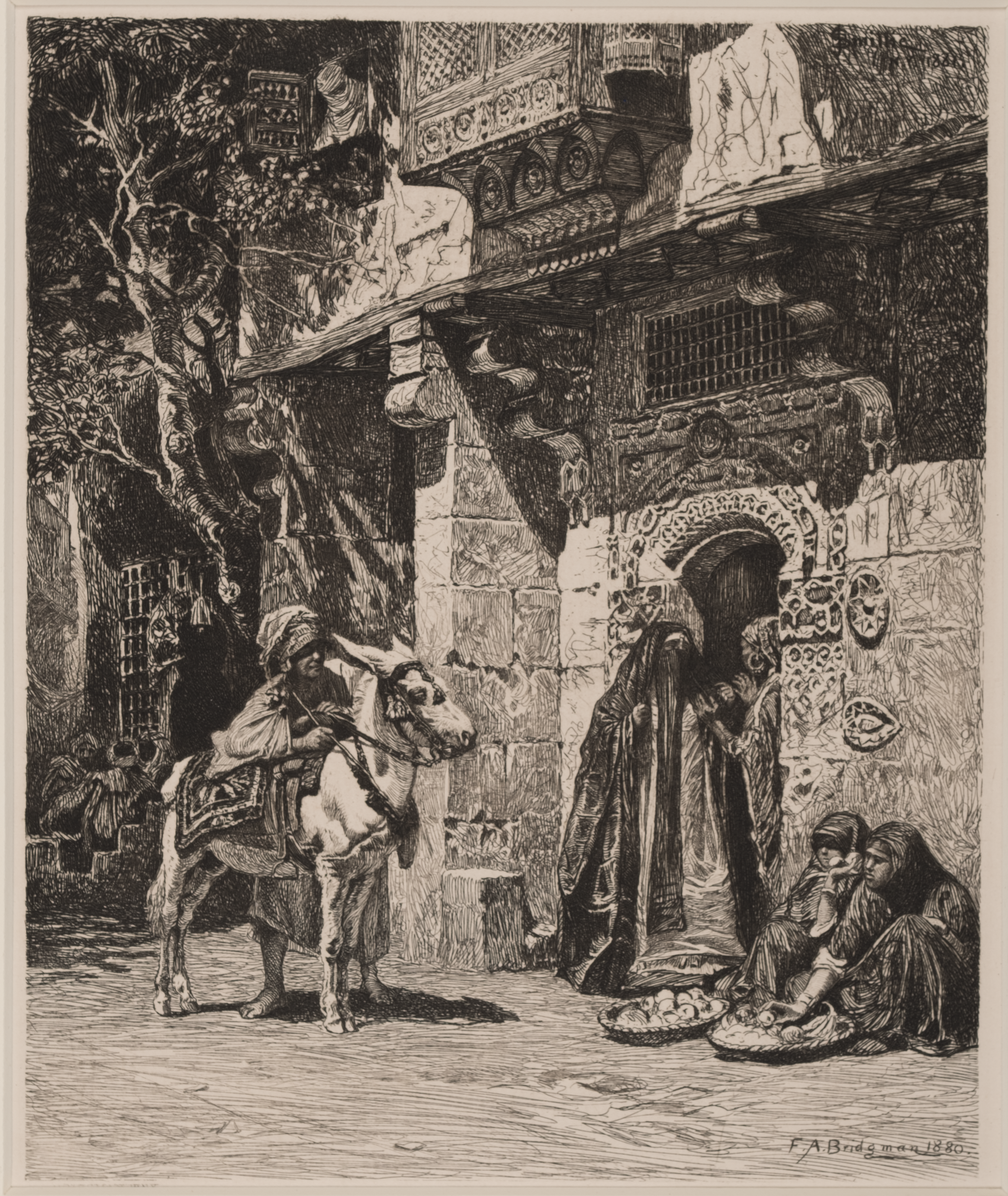
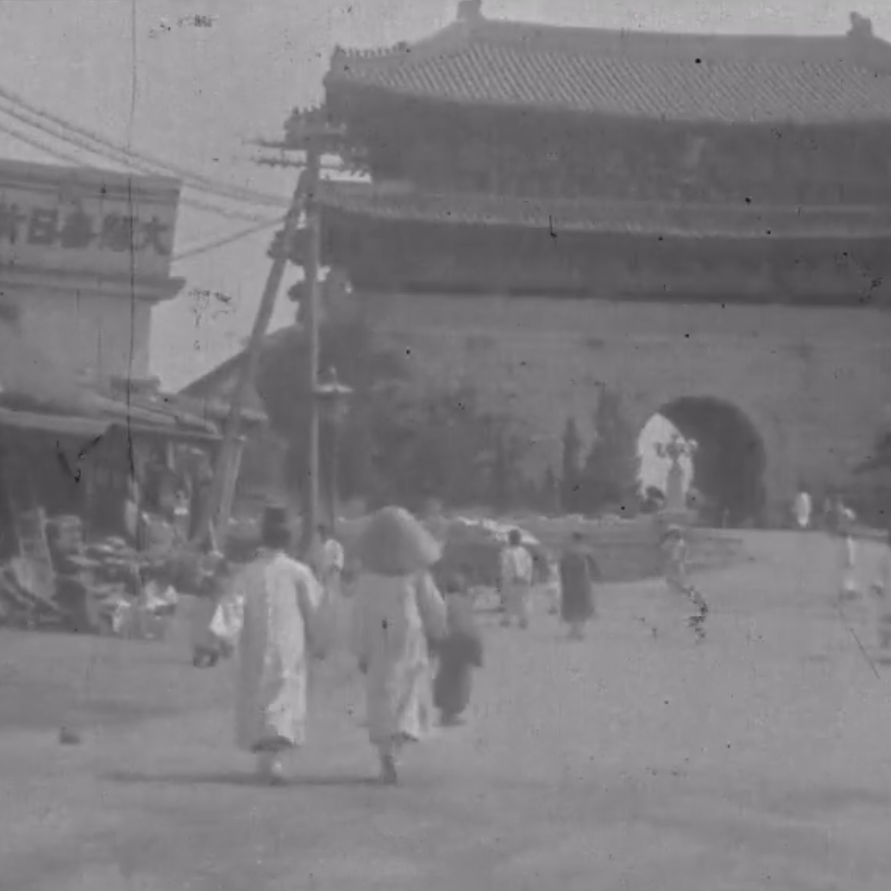
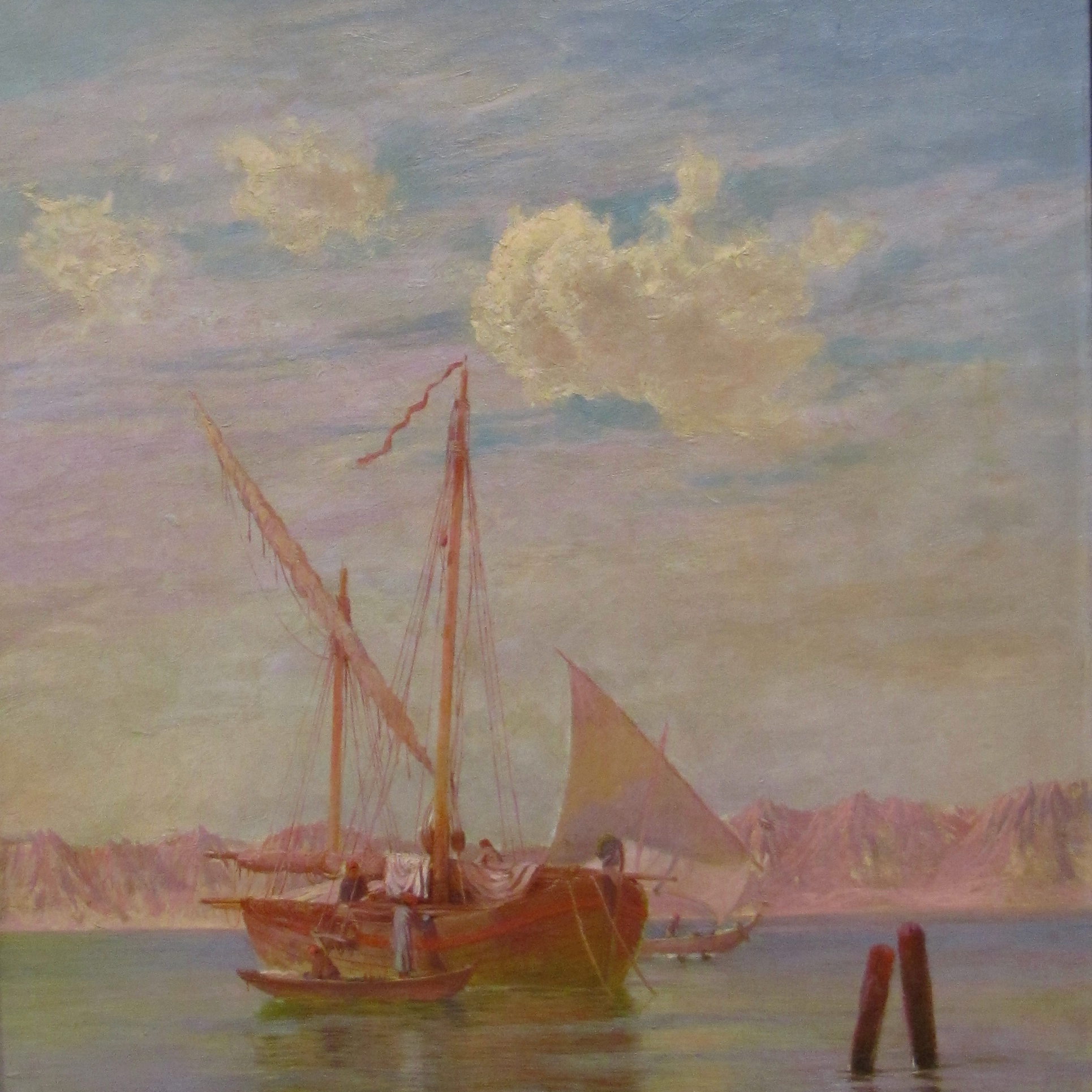
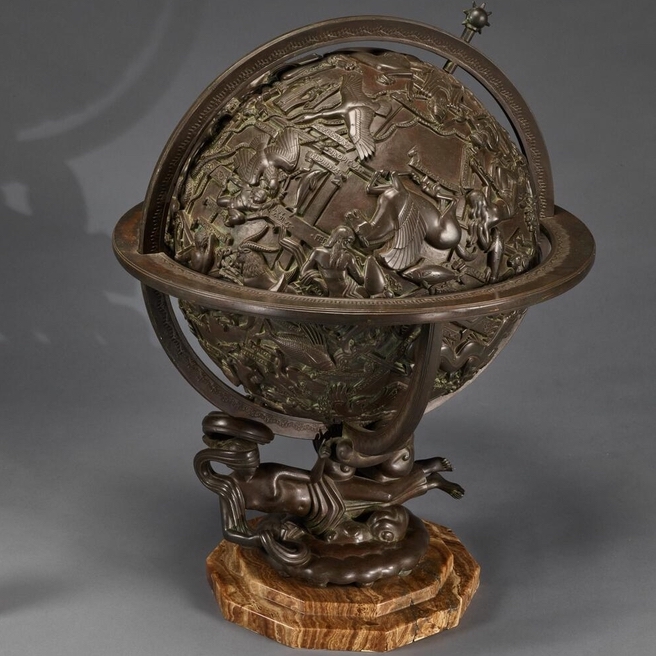
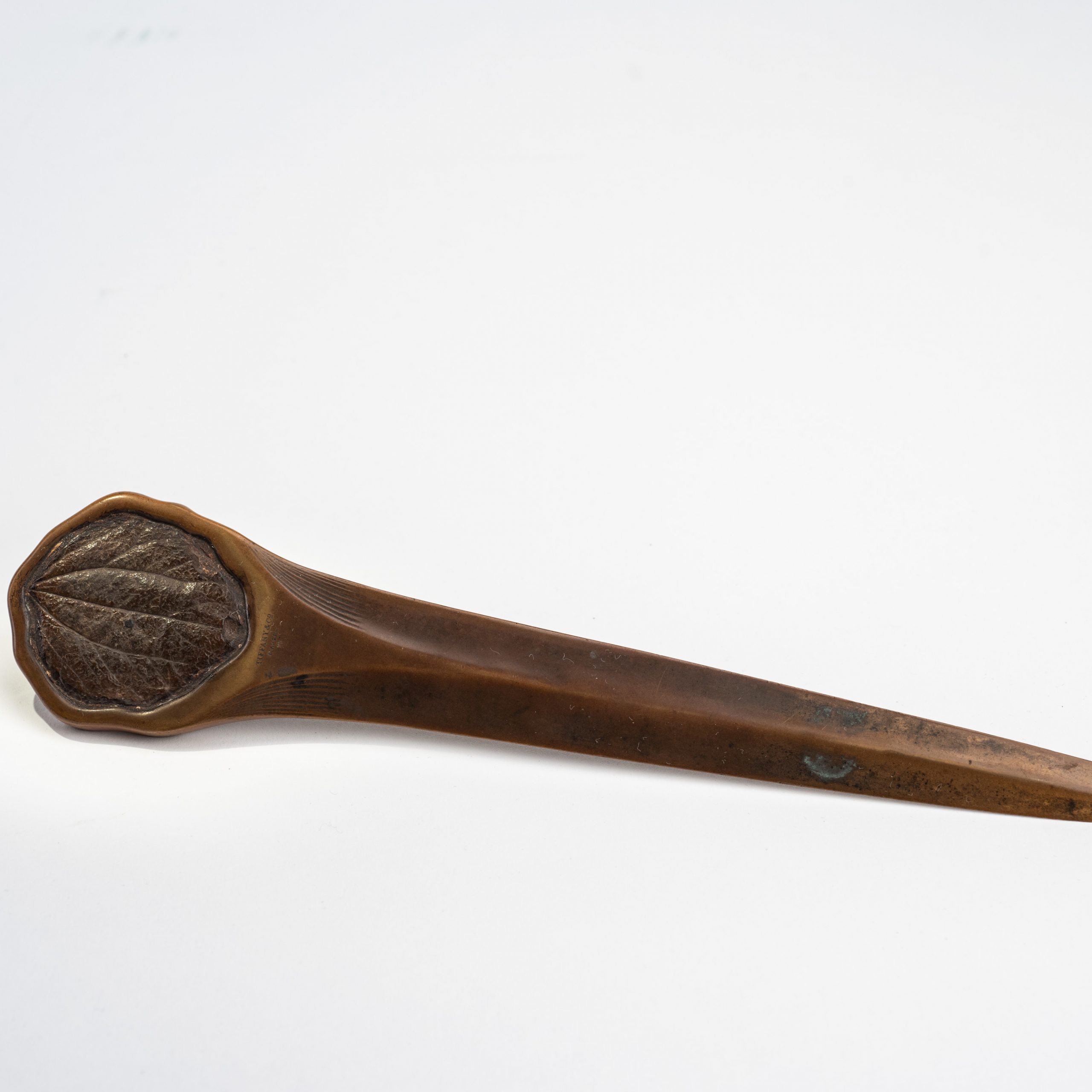
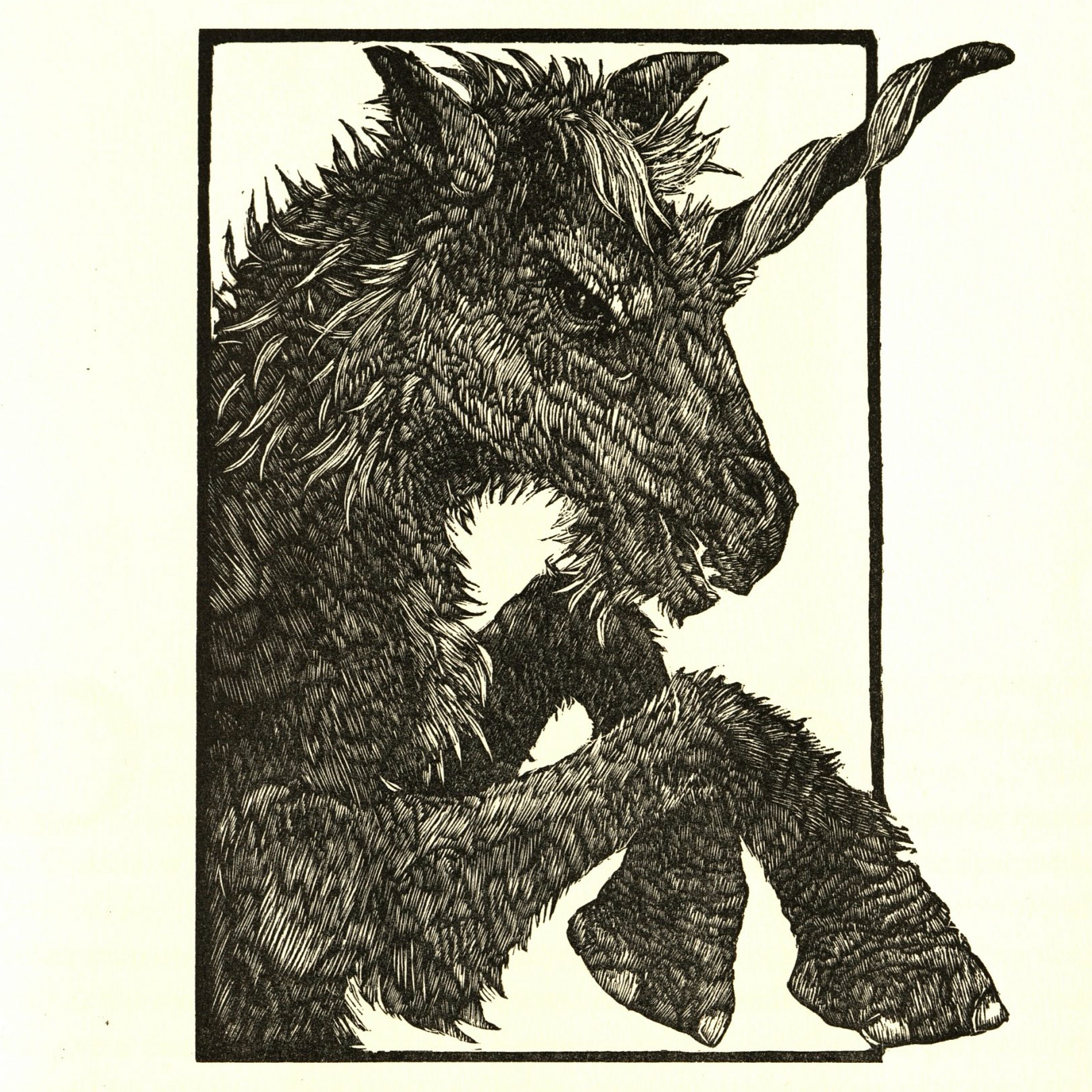


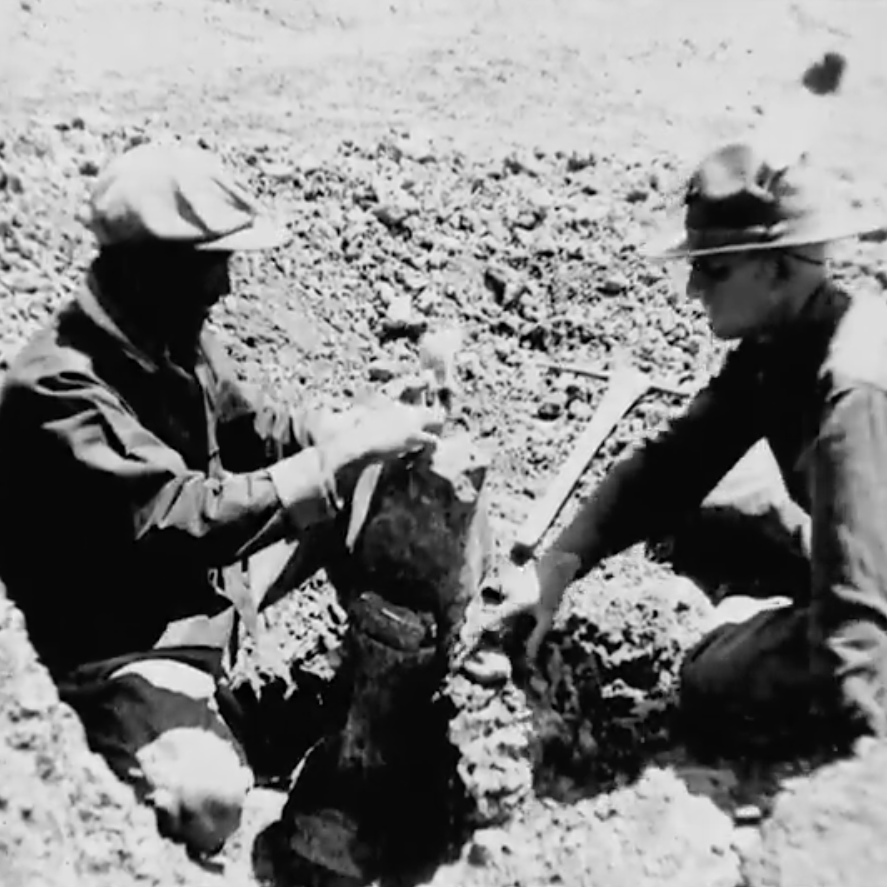
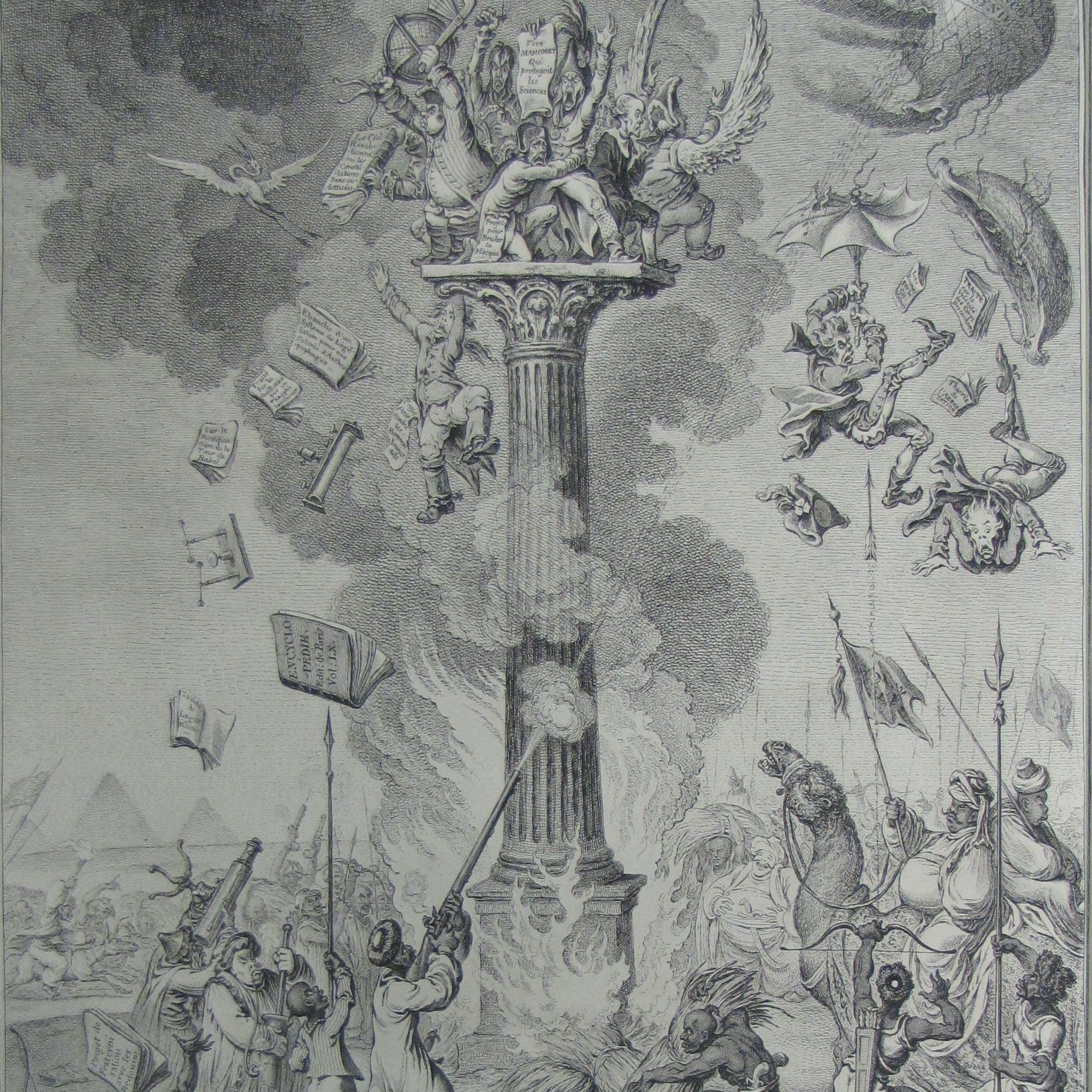
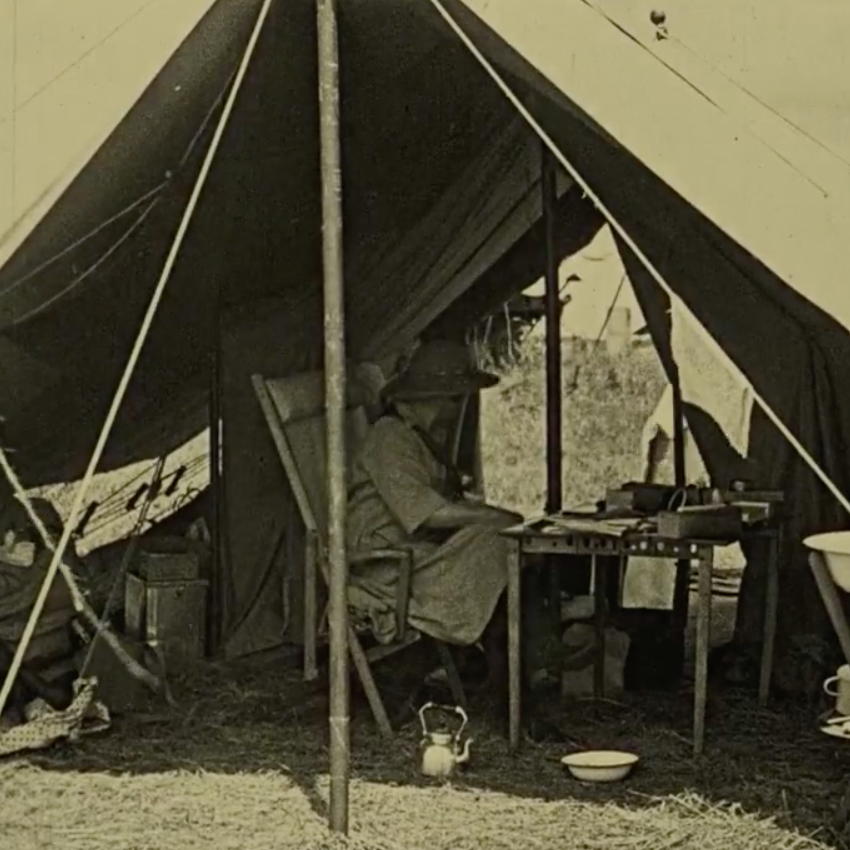

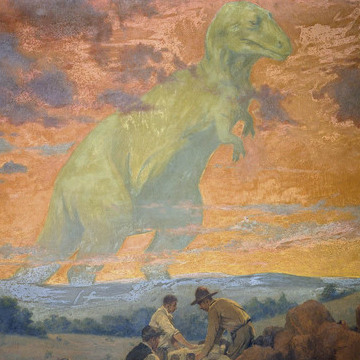
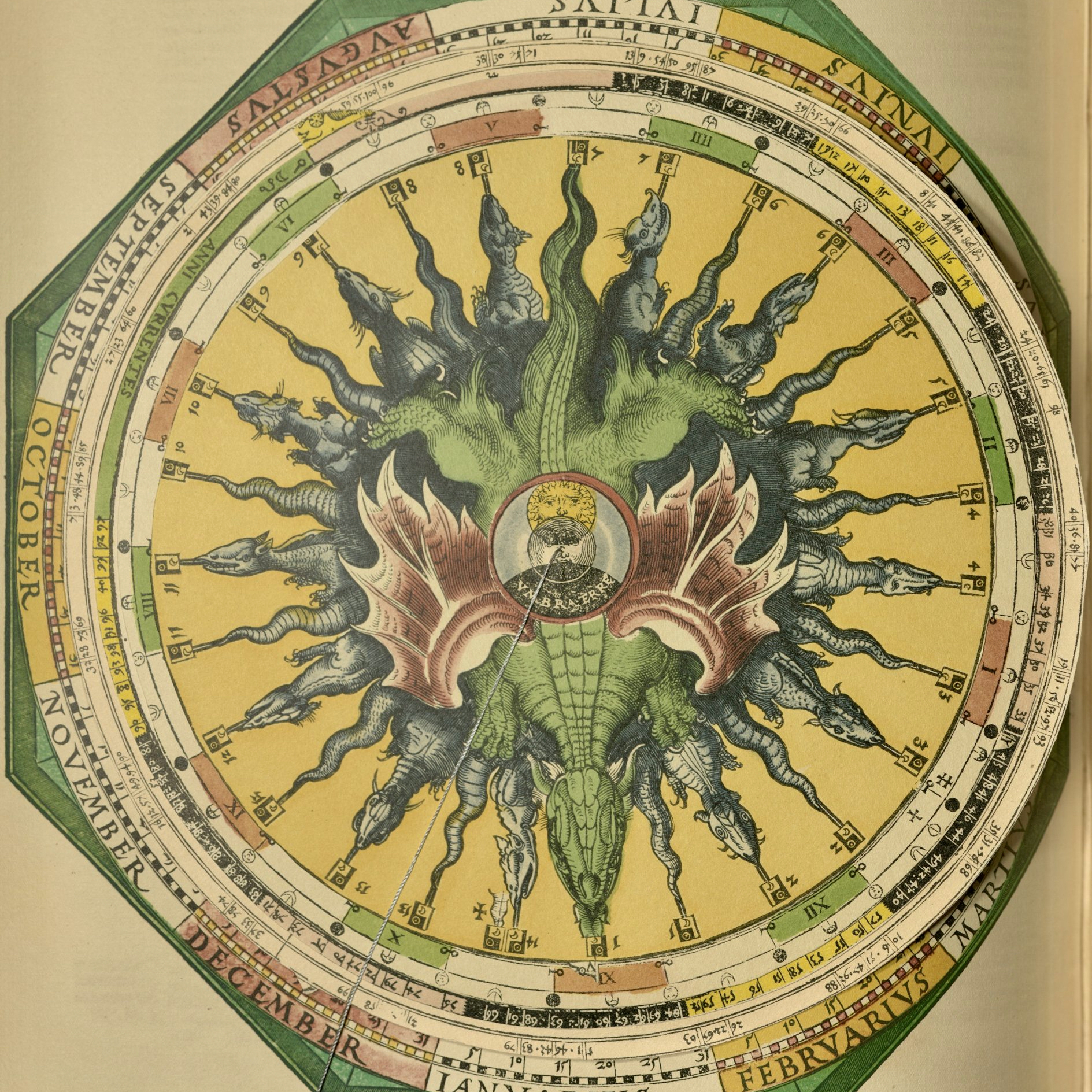

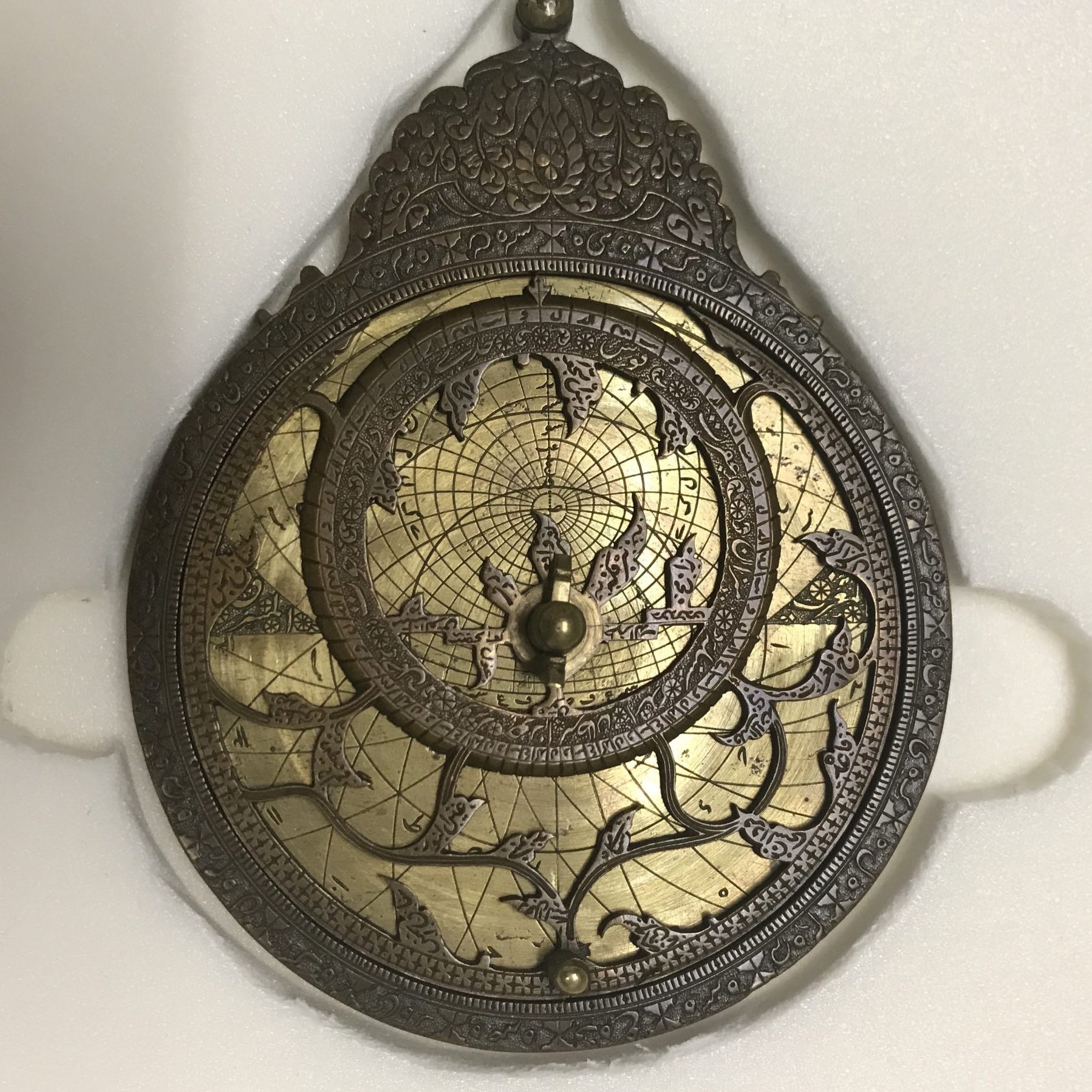
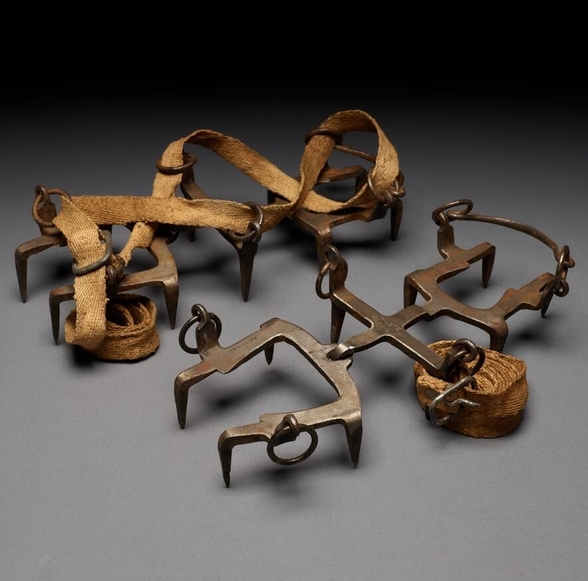



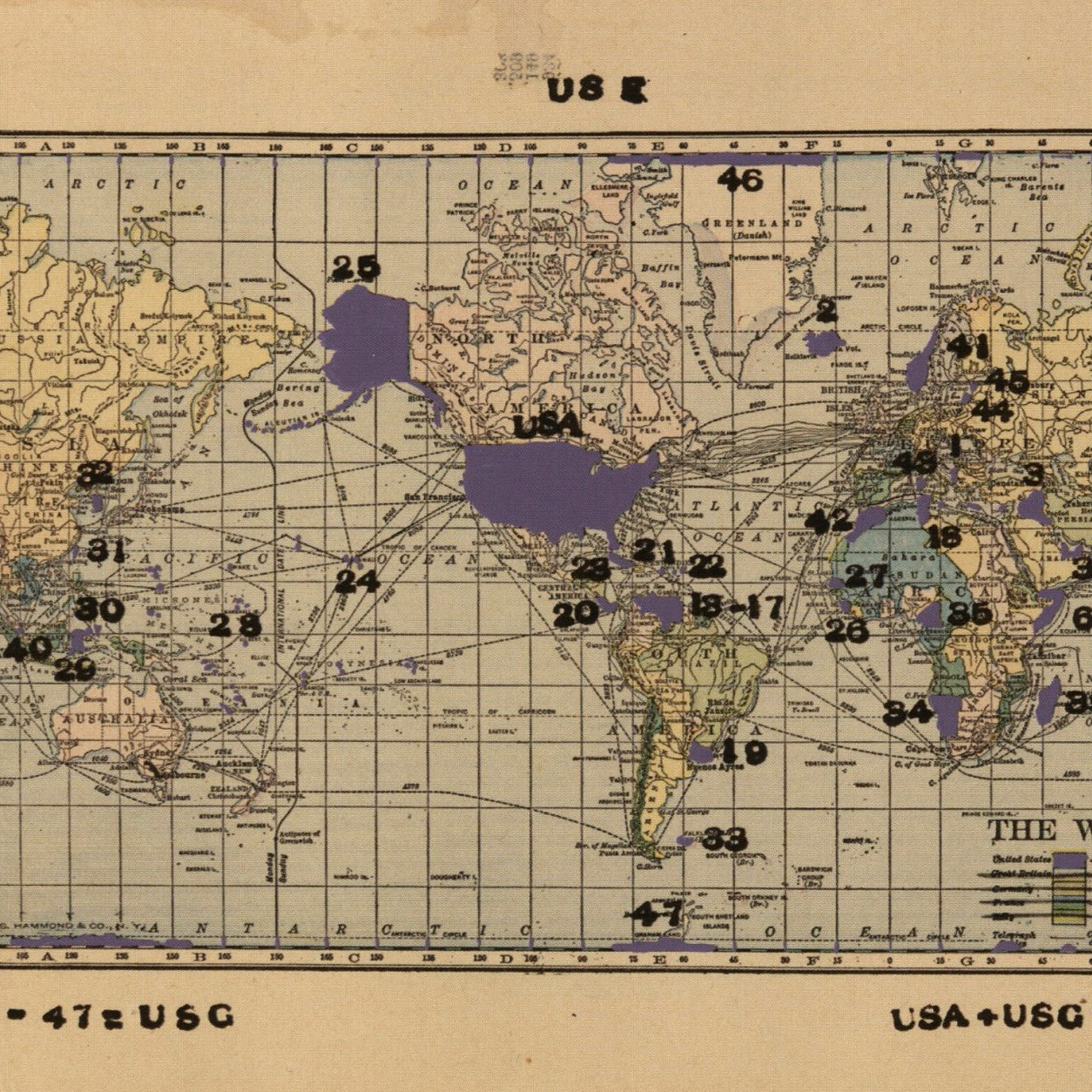
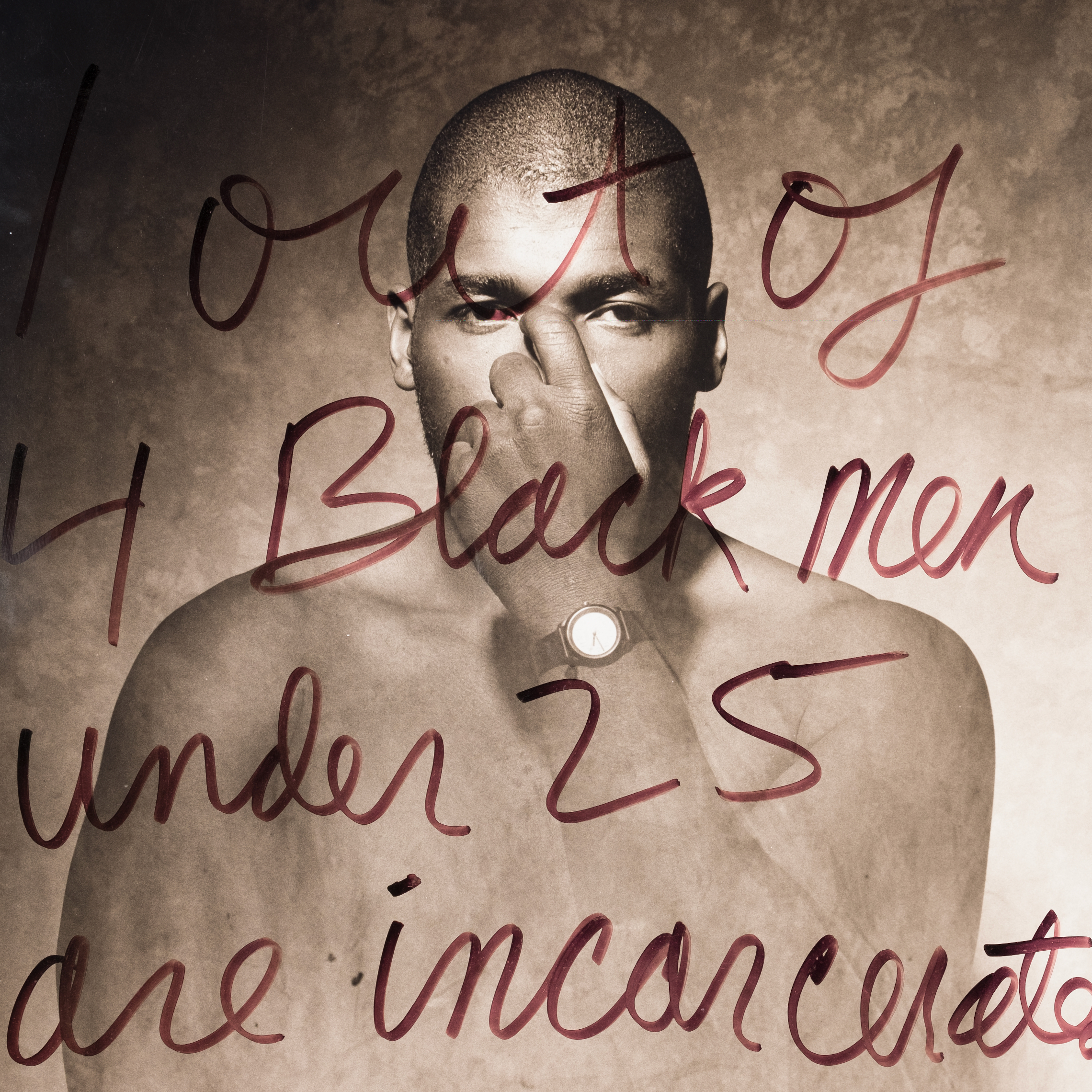
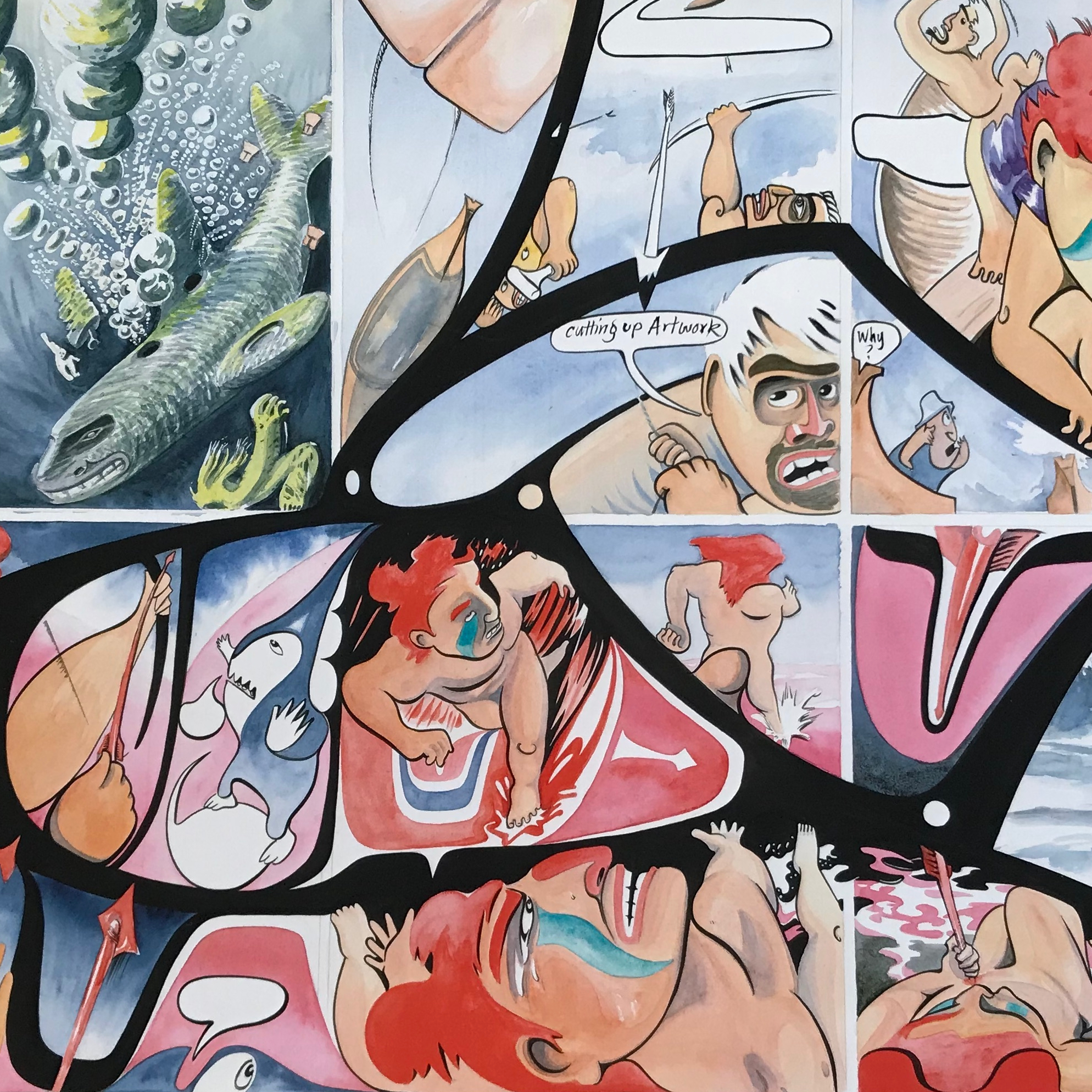
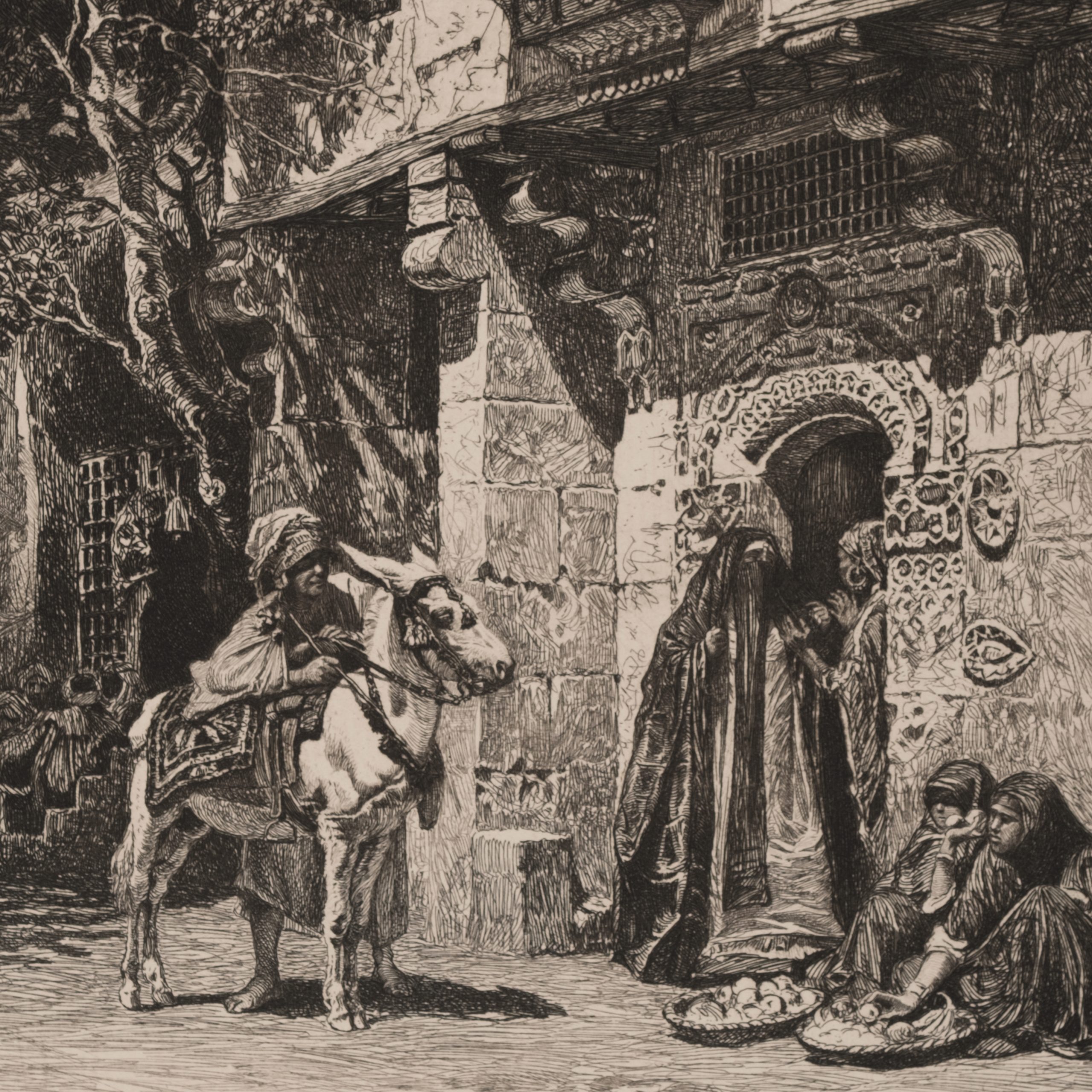

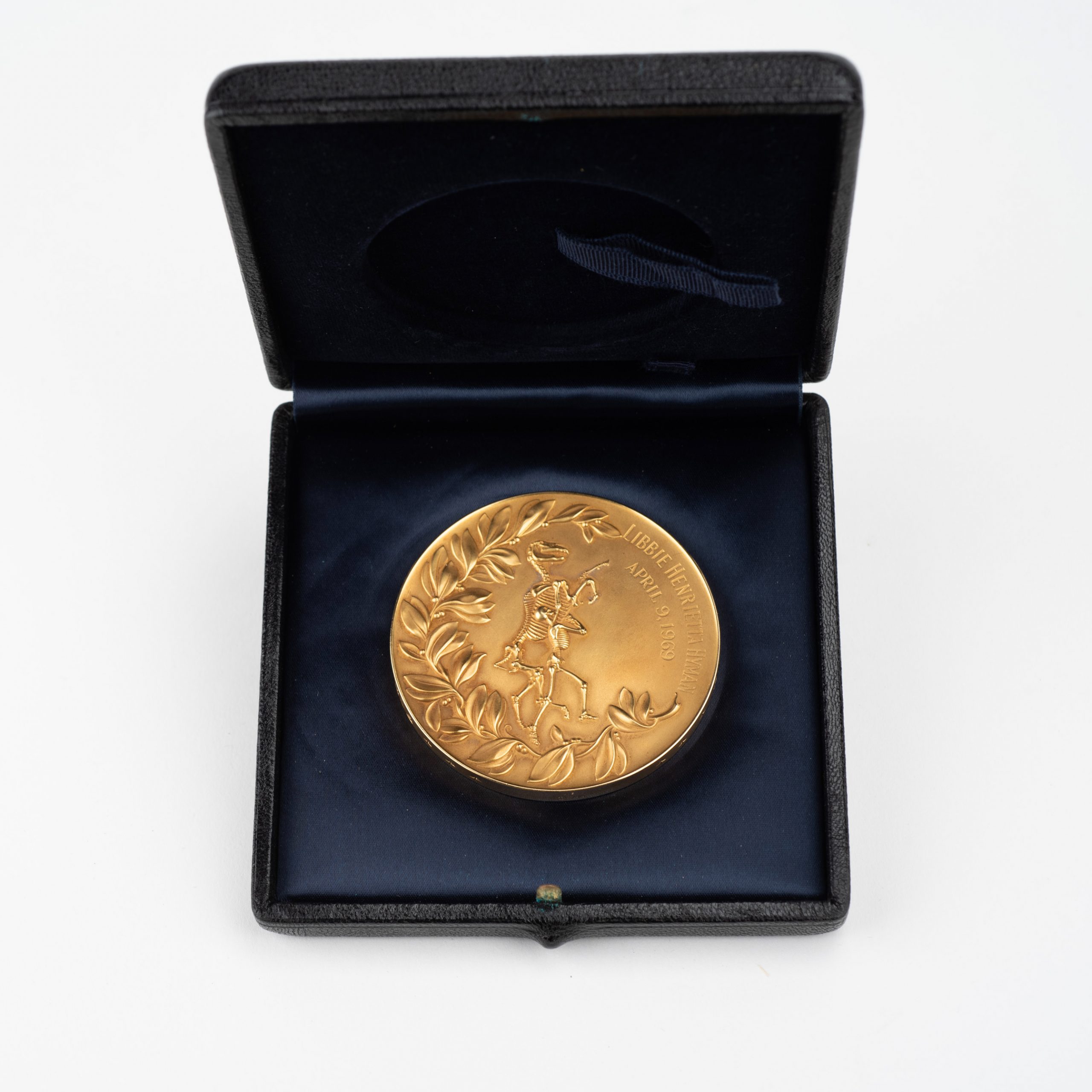

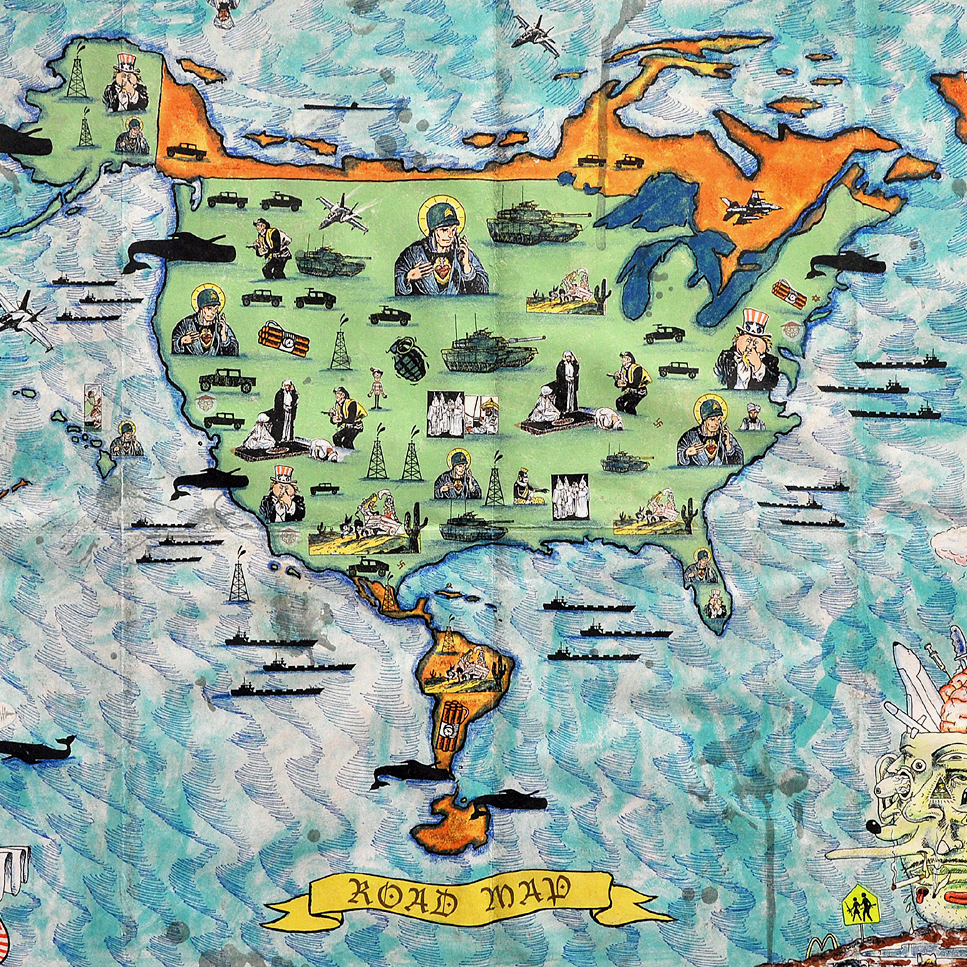
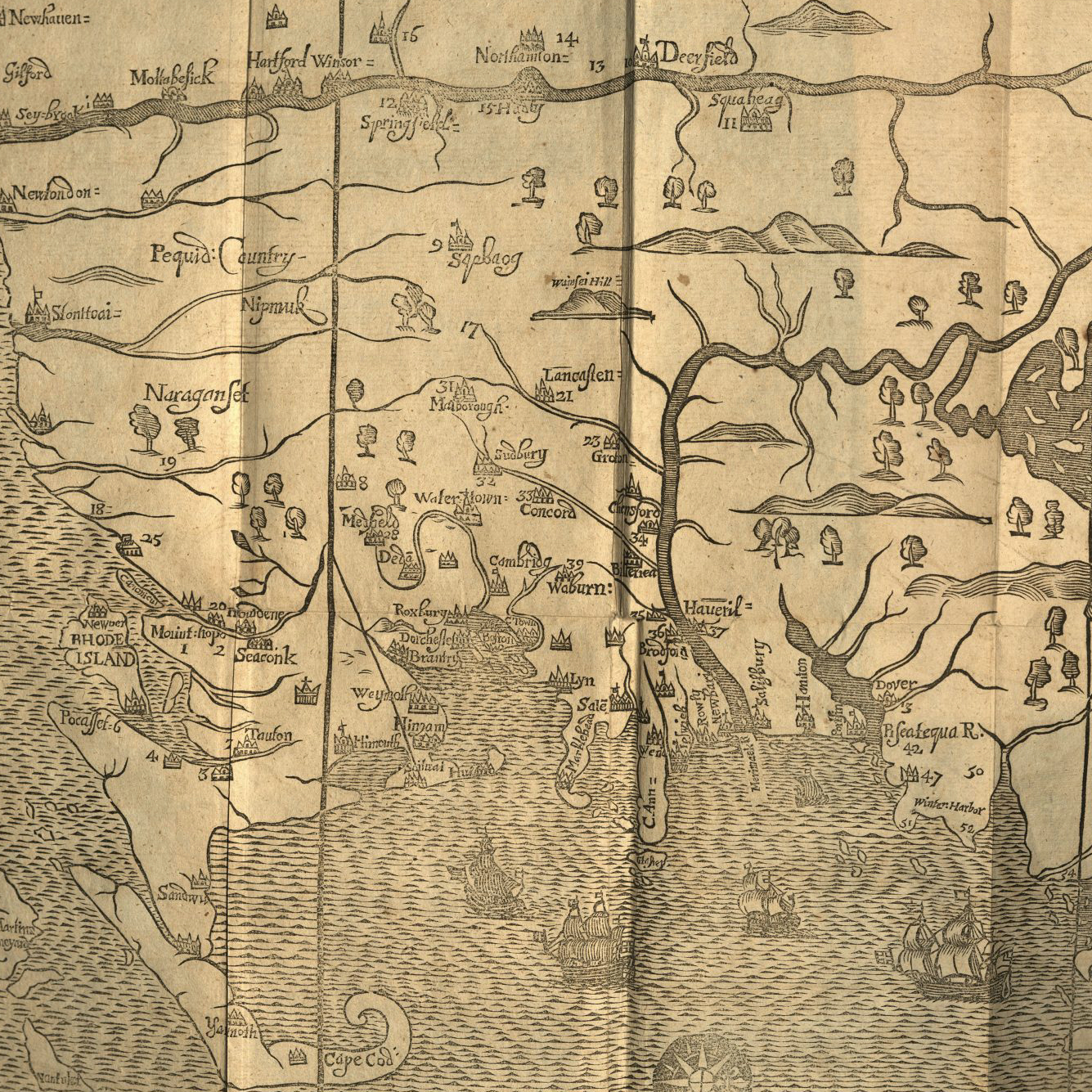


![Howard Russell Butler's [Hydrogen prominences]](https://futureoftruth.media.uconn.edu/wp-content/uploads/sites/2921/2023/01/k6584-square.jpg)
